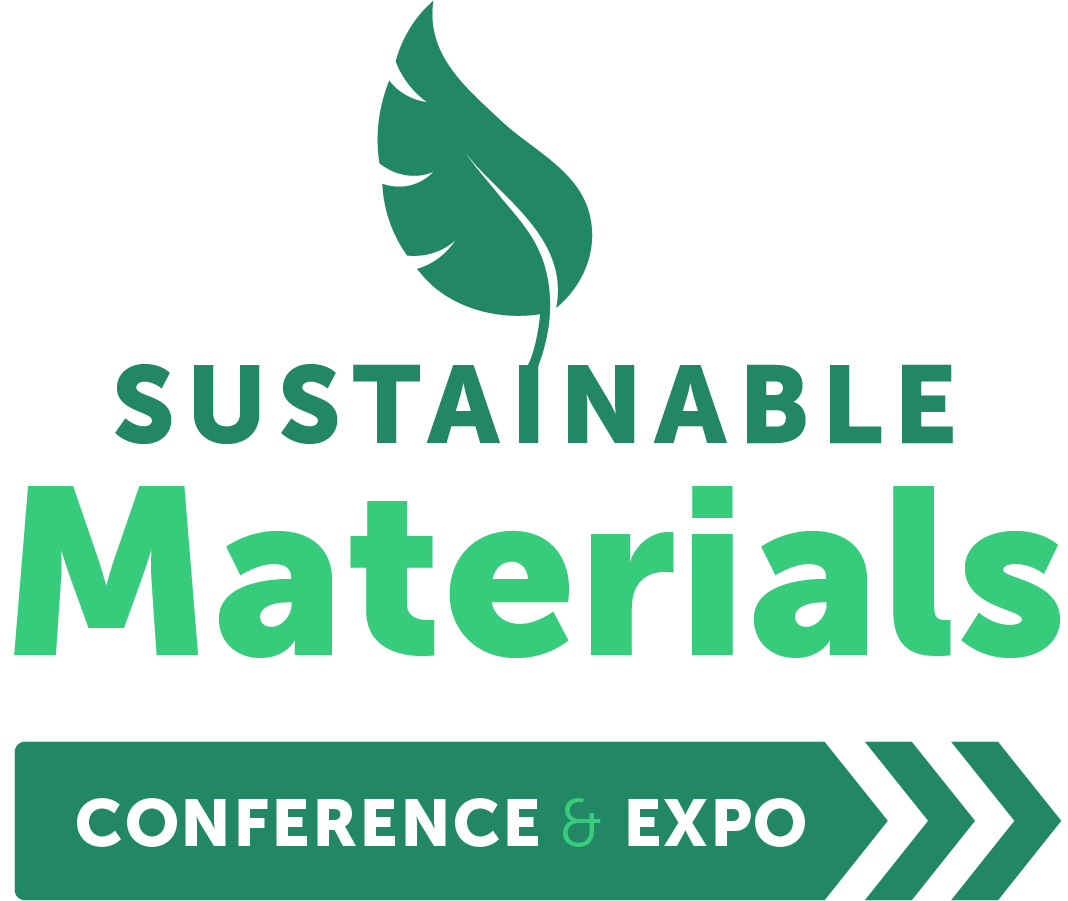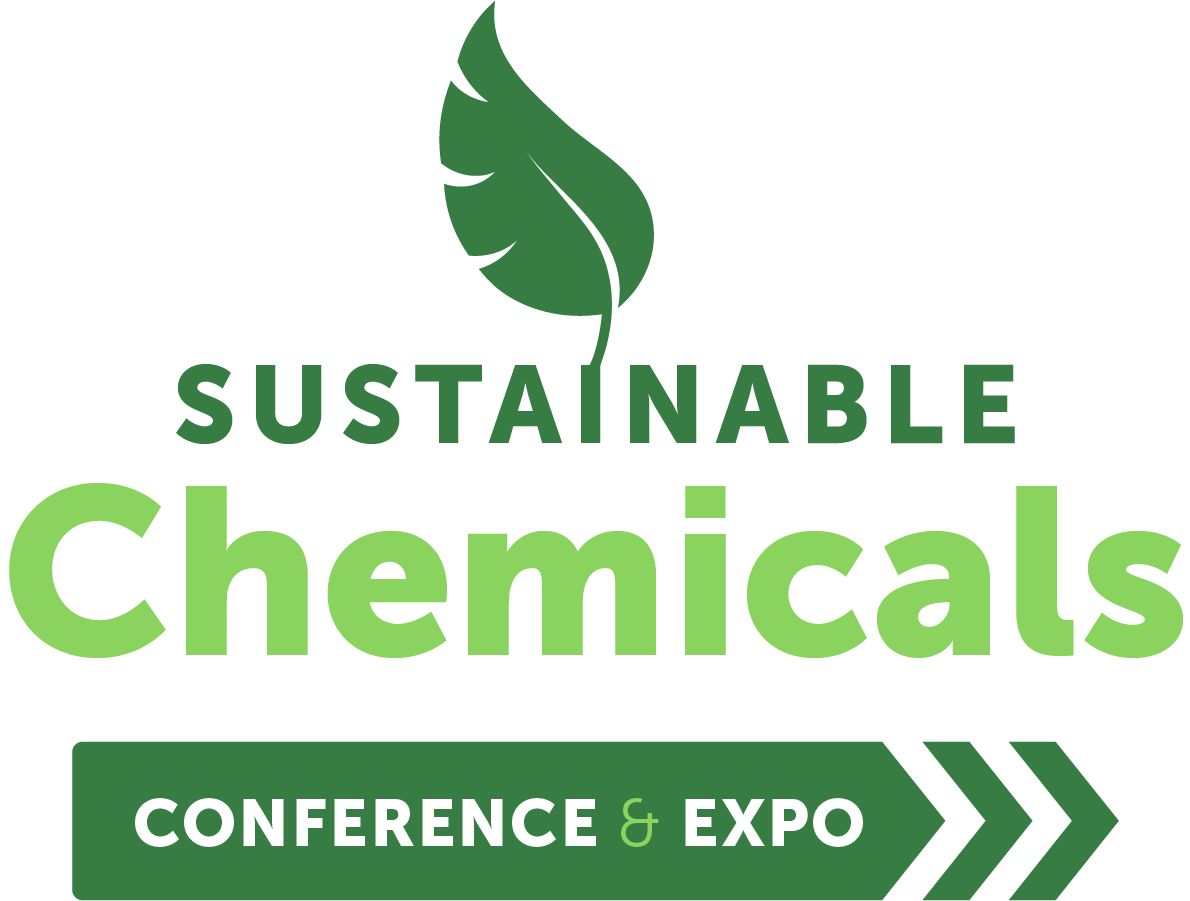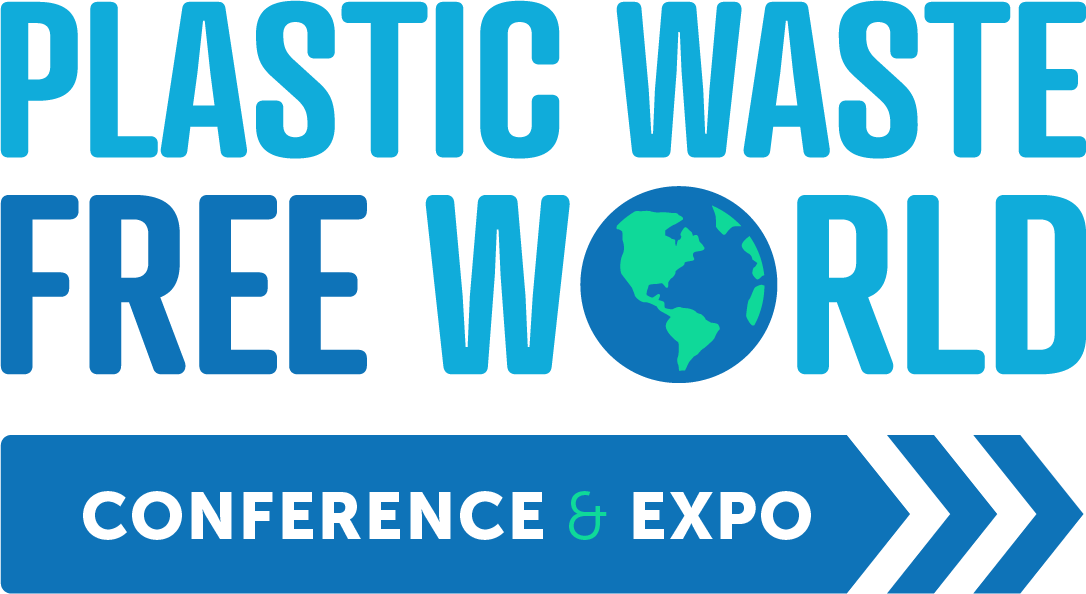A version of PFAS-free polymer membrane has been created for semiconductors by Fraunhofer
)
A recent announcement has revealed that the Fraunhofer Institute for Applied Polymer Research (IAP) is currently searching for an alternative to PFAS membranes, which are used during the semiconductor manufacturing process.
This research is being conducted in answer to the way the PFAS bans are now threatening to impact the billion dollar semiconductor industry. Issues have arisen and now stakeholders are looking for viable, safe, long-term alternatives to the required chemicals. The EU has already banned a variety of these chemicals, which have been branded ‘forever chemicals’ and there are now further plans in place to restrict the use of an estimated 10,000 PFAS. These bans are being placed in order to protect people’s health and the environment. Furthermore, other jurisdictions outside of the EU, such as the US are also considering new bans.
At the moment, the process, which is used during semiconductor manufacturing, involves the use of per- and polyfluoroalkyl substances (PFAS), as these chemicals provide stability and resistance to water and grease. As they are so useful, there are plenty of use-cases of PFAS in semiconductors including their presence in the chemicals which are directly used to manufacture the chips, all the way to their presence in equipment of the output process, or even in the plastic cases containing microprocessor chips.
Therefore, in order to maintain the ability to produce the necessary products, whilst also avoiding the use of banned materials, the German institute has been able to develop PFAS-free polymer membranes. These have been innovatively designed to be used within the filers or even in the etching and cleaning processes.
This new material is the polyacrylonitrile (PAN) membrane and its design is based on conventional, specifically stabilised polymers, whilst it also offers high chemical and mechanical stability. The membrane has a pore diameter of about seven nanometres and the membrane also has the ability to separate out ultra-small impurities from production and filtering, whilst simultaneously allowing in the fluids which are necessary to the process, including acids and solvents. It is important for the product to have small pores, as having small pores lowers the polymer’s permeability and this is also aided through ensuring that the polymer has the ideal pore distribution. This polymer is a synthetic, semi-crystalline organic polymer resin, which is commonly used as a precursor for carbon fibre and fibre, which goes into making knitted clothing, including socks and sweaters, or even products such as tents.
The IAP stated that, ‘The membrane is produced using REACH-compliant solvents and low temperatures, making it an overall sustainable process. It is fabricated using a non-solvent induced phase separation process, which allows researchers to customise the pressure stability of the membrane.’
The IAP also said, ‘The membrane can be customised to meet specific needs, which makes it easy to integrate the new process into existing systems to manufacture the next generation of chips. This degree of adaptability also makes the material suitable for other applications, including in the pharmaceutical and chemical industries.’
Semi, a US-based association representing the semiconductor industry, added, ‘at this time semiconductor chips and related devices cannot be produced without PFAS being available at multiple points in the supply chain and for multiple use-cases in the supply chain’.
Engineer at Fraunhofer IAP, Dr. Murat Tutus, commented, “Chip manufacturing involves numerous process steps such as cutting, cleaning, and planarisation to apply the structures to the wafer. All of these operations produce particulate contaminants that must be separated out in each process, otherwise they would interfere with the creation of nanometersised structures. We were able to use another component patented by us to chemically modify the polymer and stabilise it also for harsh environments.”
Tutus continued, “The degree of permeability is defined by the number of pores on the surface. The smaller the pores, the lower the permeability. To increase permeability, we therefore had to increase the number of pores in a second step while keeping the pore size constant.”





